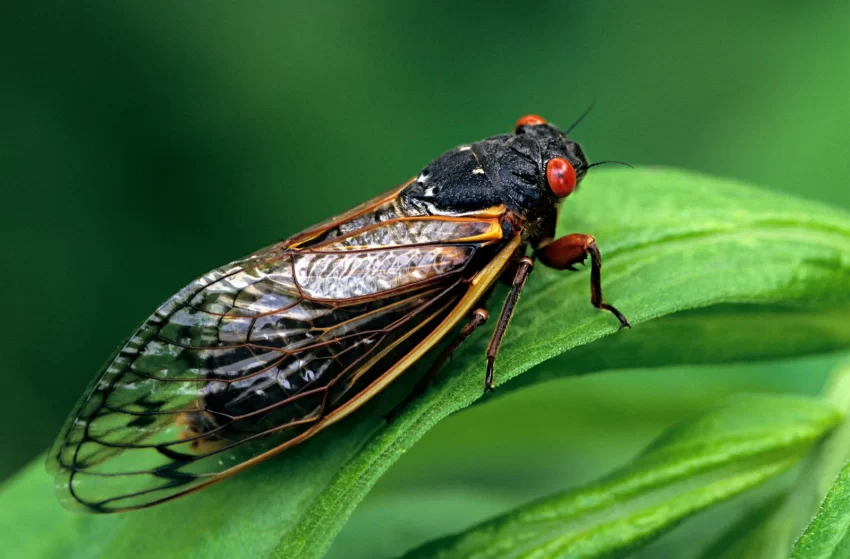By Shivali Shah, Staff Writer
In mid-May of 2024, two broods of cicadas, XIII and XIX, will emerge together for the first time since 1803, unleashing billions of bugs into the South and parts of the Midwest, including parts of Maryland. While two broods emerging at the same time isn’t rare, the proximity of them is what makes this phenomenon so special.
Just one brood is enough to wreak havoc upon communities, so having two emerging simultaneously has raised much concern. These clumsy, buzzing creatures come up to the surface of the soil when they have reached maturity and are ready to shed their shells. Brood XIII comes out every seventeen years and Brood XIX every thirteen. Maryland got hit by the cicadas back in 2021, unfortunately, it will be more overwhelming this year due to the two groups of cicadas aligning.
Unfortunately, the monstrous amount of cicadas poses a threat to the environment and local flora. The female cicadas will lay eggs on the branches of trees and shrubs, harming the plants. However many native animals will benefit from this event. Any animal that consumes insects like bears, birds, fish and raccoons, will feast on the billions of snacks fluttering around them. Cicadas emerge all at once because of their predators; it increases their survival chances if they come out all at once. While their impact on the ecosystem is large, their impact on students and people in our community is profuse as well.
The students’ consensus on cicadas is that “they’re annoying and definitely a problem,” as sophomore Linnea Hagstrom puts it. One main annoyance Linnea explained was the obnoxiousness of the bugs. “They fly into your face, bump into you, and leave shells everywhere. I found one in my shoe one time.” In addition to their intrusiveness, many find the loud buzzing insufferable. Sophomore Nika Nikhinson adds, “The noises they make really tick me off. It’s really loud.” Sophomore Gabi Muniz has come up with a solution for this buzzing problem that she will be implementing when May comes around: “I’m going to wear headphones when I’m outside, so I don’t have to hear them all the time.”
The cicada season only lasts for around two months. By the end of June or early July, they’ll be gone, leaving behind many tiny fragile shells called exuvia. They had shed these shells when they first came out of the ground. These last reminders of the cicadas cling onto any tall surface. With the large amount of cicadas molting, you can expect to find lots of shells clinging to your houses, trees and fences. “They’re everywhere, it’s overwhelming,” Gabi says.
From disrupting daily activities with their deafening buzzing and causing damage to ecosystems, the resurfacing of cicadas causes numerous challenges and drawbacks. The sheer number that will appear this May will undoubtedly cause significant inconveniences for everyone.

